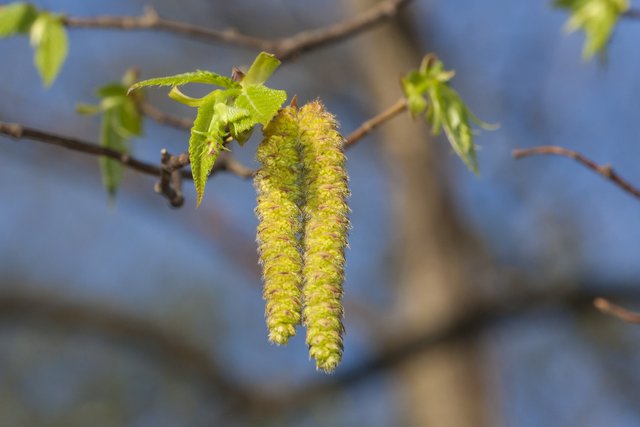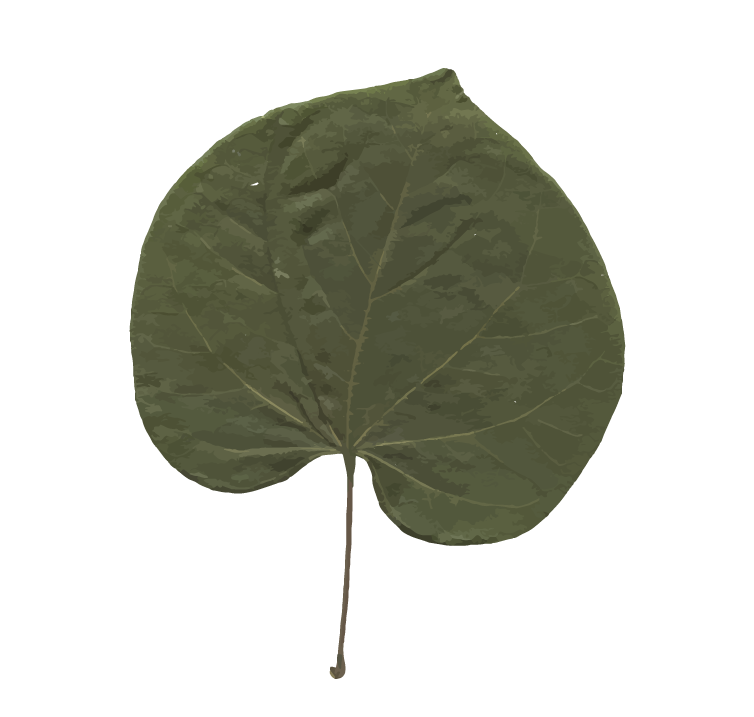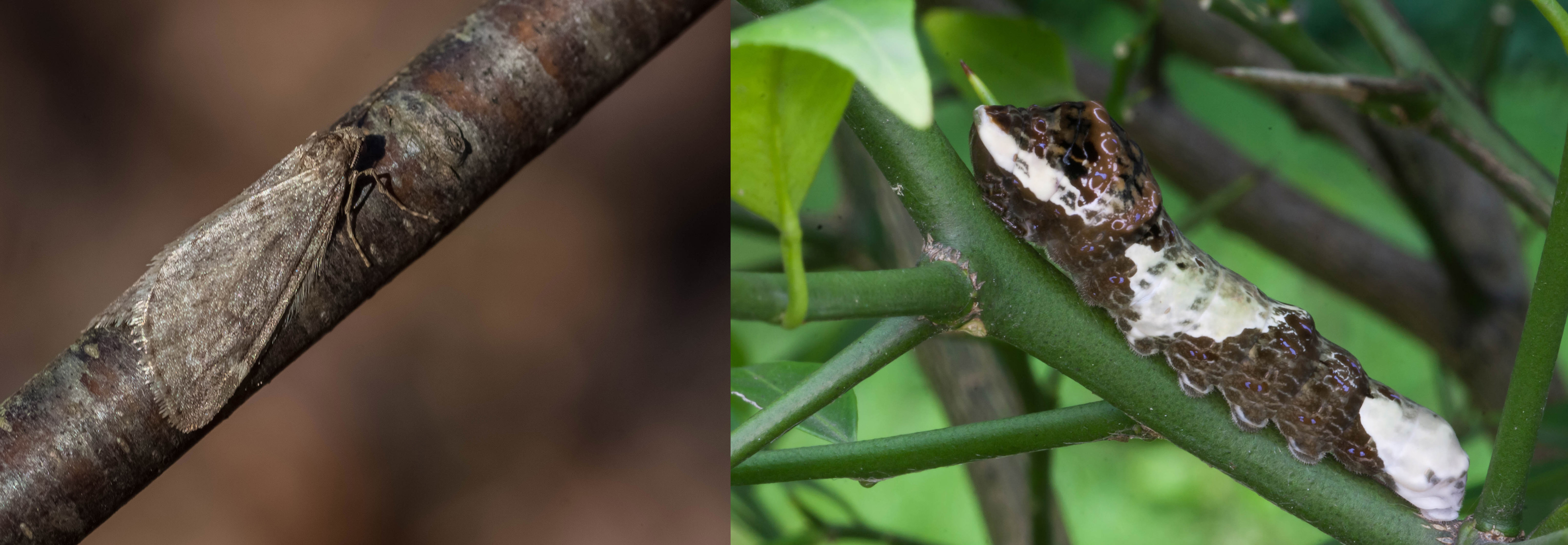ECOLOGY ▪ EDUCATION ▪ ADVOCACY
Calcareous (soil): Soil that is characterized by having a high content of calcium carbonate. Calcareous soils are usually associated with the presence of limestone.
Calyx: The outermost, usually green, series of flower parts; all of the sepals collectively. The plural of calyx is calyces.

Capsule: A type of dry, dehiscent fruit developed from a compound ovary and containing many seeds.
Catkin: Also called “ament,” a catkin is a type of inflorescence that is elongate, often pendulous, and characterized by a cylindrical cluster of unisexual flowers, which are usually (but not always) wind-pollinated. The word catkin came from the now obsolete Dutch word katteken, which meant kitten. Catkins were said to resemble the tails of kittens.

Cauline: Growing on or pertaining to a stem.

Coastal Margin: The anterior edge of an insect’s wing

Compound Leaf: A type of leaf composed of two or more separate, distinct divisions, called leaflets. Compound leaves come in two primary forms: palmately compound and pinnately compound. The opposite of a compound leaf is a simple leaf.

Cordate: Heart-shaped.

Corm: In botany, a bulb-like underground stem base used for storage and vegetative reproduction.
Corolla: the petals of a flower collectively. The inner portion of the perianth.

Crypsis: A defense strategy in which an organism uses camouflage, mimicry, and other forms of concealment to avoided detection by predators.
